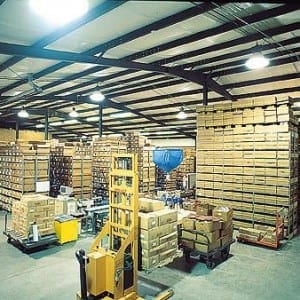
Just like a bespoke pair of shoes, the material handling industry is growing ever-more customized. Customer demands are changing, so the supply chain must adjust accordingly. It’s no secret that e-commerce is still booming. Though it’s not a new trend, many supply chain managers still have a lot of questions about handling multichannel and omni-channel operations – especially since most see their growth projections as heavy in e-commerce. For suppliers, that means an emphasis on customization and efficiency within the supply chain. Orders no longer come standardized by the carton – customers want a single item of this and two of that. Retailers also demand more value-added services, and wholesalers acquiesce in order to stay competitive. And customers expect to receive their orders faster than ever. Now is the time to examine how e-commerce will continue to shape material handling trends in 2015. Bob Liebe, Wynright Corp. Greater Customization It used to be if a customer bought a T-shirt and some running shoes from one company, they would ship from two separate facilities. Not so anymore. Now customers receive those orders in a single box as retailers consolidate operations into a single multichannel facility. Where products used to be sorted by category, they’re now viewed as a unit – and e-commerce is driving that. Companies are shipping smaller orders with fewer units per carton and rely on their wholesalers to have a more varied inventory readily available. Retailers are also asking wholesalers to fulfill orders at a store level. Instead of shipping one large order to a distribution center that then parcels product to each location, the wholesaler must process hundreds of smaller orders that go to direct to the store. Retailers are also more frequently asking for value-added services at the wholesale level, such as price ticketing and product bagging […]



Leave a Reply
You must be logged in to post a comment.